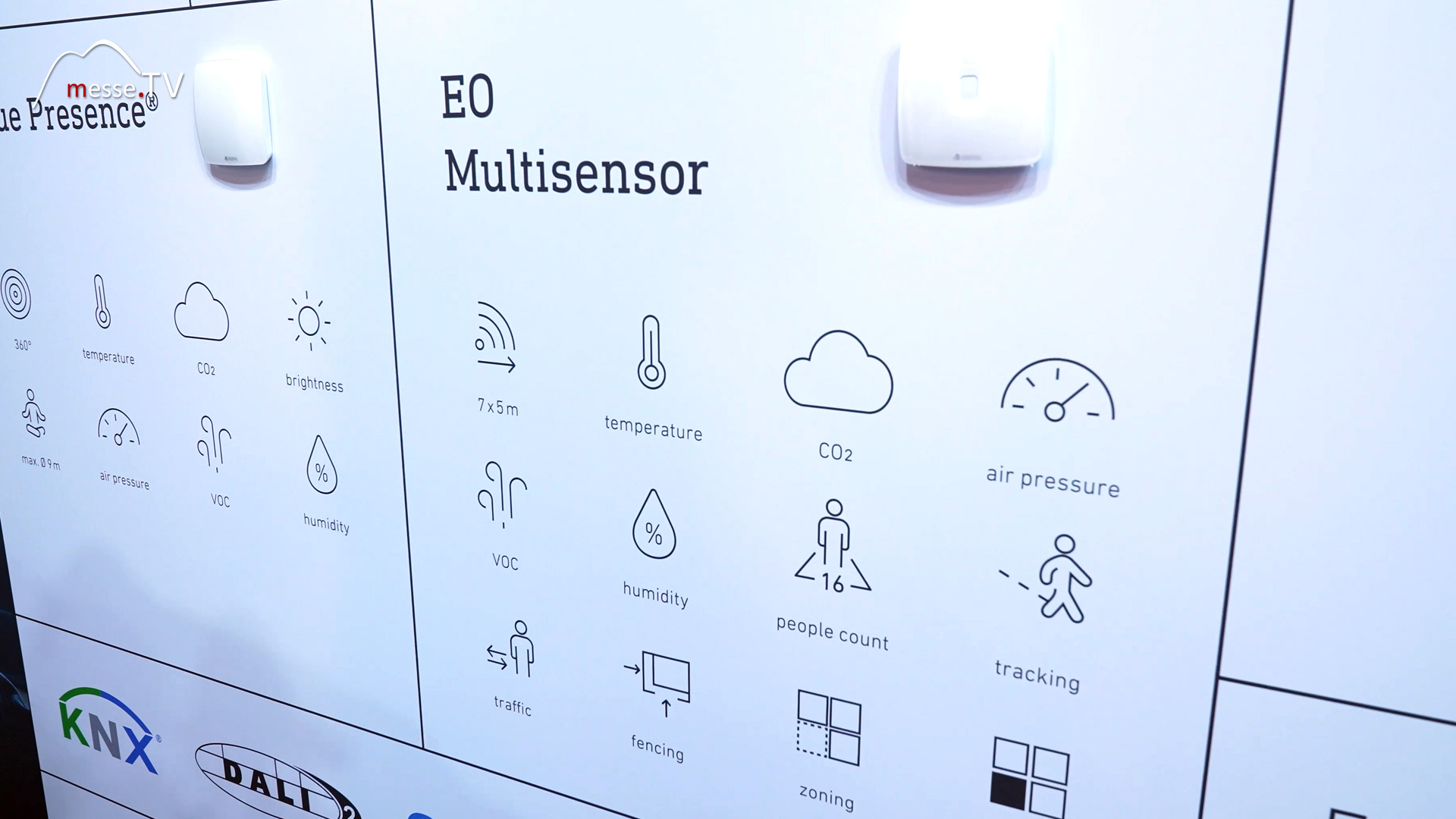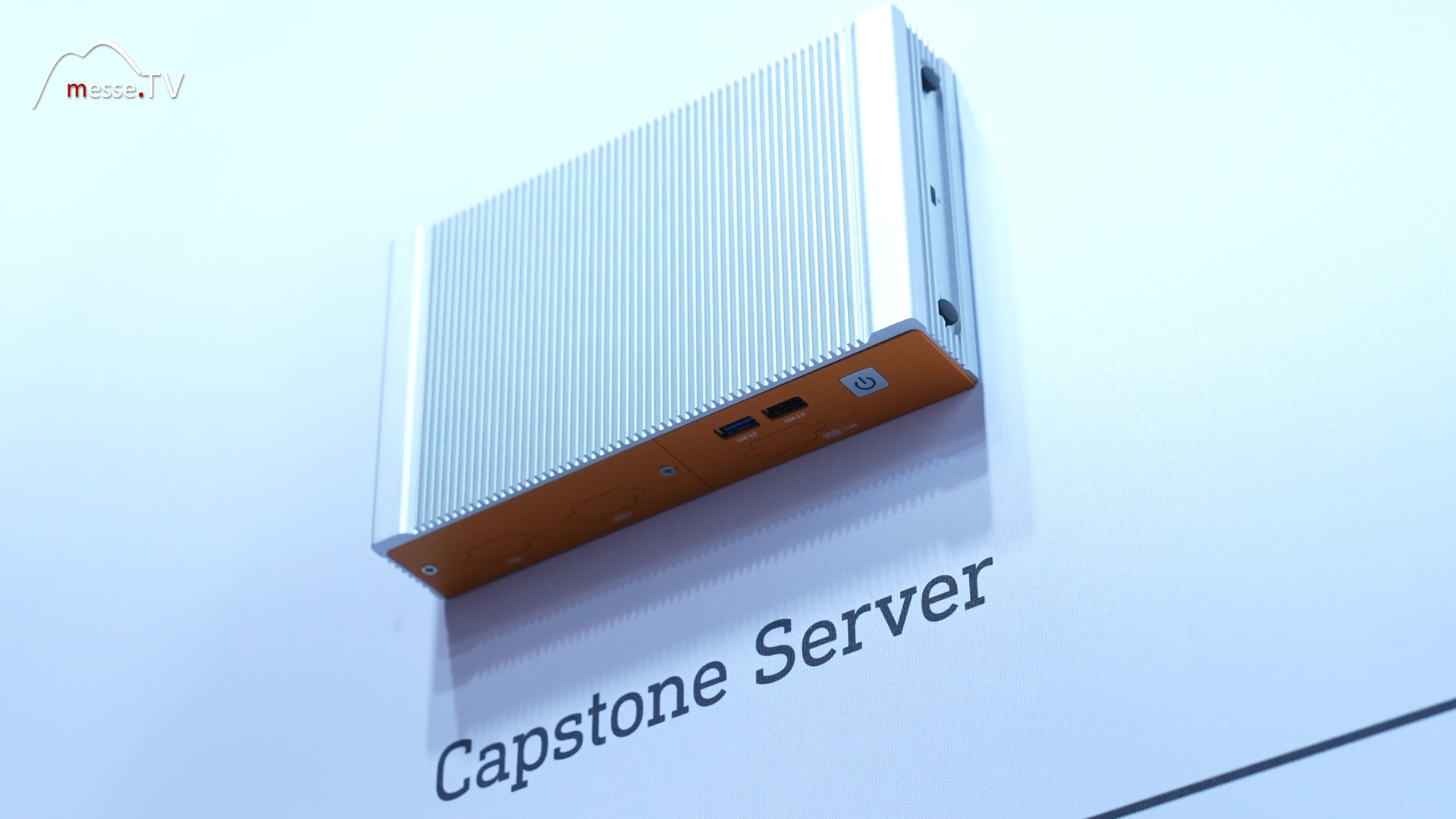The Steinel Group develops innovative solutions for intelligent lighting management, sensor technology and building automation. Its products, such as sensor-controlled lighting and intelligent building automation, improve energy efficiency and comfort. Steinel is particularly well known for its motion detectors and presence sensors, which control light and climate as required and thus reduce CO₂ emissions. The company is aimed at architects, planners and building owners who rely on sustainable and efficient building technologies.
Modern sensors offer a new dimension of understanding for buildings. They function similarly to human sensory organs and help to better understand the environment and behavior within a building. A building is often seen as a "black box" whose internal processes are unclear. However, with the help of sensors, aspects such as movement, the number of people and air quality can be monitored and analyzed in real time. This data plays a crucial role in adjusting the air conditioning, for example, when many people enter a room, causing the air quality to drop and the temperature to rise. The sensors automatically take over control to regulate the indoor climate.



One key area where sensors are particularly useful is motion detection. With the help of integrated radar systems in luminaires, these can register people's movements. The light switches on automatically as soon as movement is detected and switches off again when no one is in the room. This principle works particularly well in underground garages or stairwells, where energy is only consumed when someone is actually present. These systems not only help to save energy, but also improve safety and efficiency in the building.
The integration of artificial intelligence in sensors goes one step further. With deep learning algorithms, the building of the future can become a true partner for its occupants. It recognizes and adapts to their needs in order to offer maximum comfort with minimum use of resources. This development is increasingly being supported by regulations, such as in the USA, where laws stipulate the use of sensors in buildings. Such regulations ensure a level playing field and ensure that buildings are operated more efficiently and in a more environmentally friendly way. This ultimately leads to lower resource consumption and contributes to climate protection.